A garden isn’t just about vibrant blooms the right foliage can elevate your outdoor space with rich textures, striking colors, and unforgettable scents. Aromatic foliage plants are perfect for adding an extra sensory layer to your garden. Whether crushed underfoot, brushed by the wind, or simply basking in the sun, these plants release soothing, invigorating, or earthy fragrances. Here’s a collection of 10 beautiful aromatic foliage plants to infuse your garden with fragrance and charm.
1. Lavender (Lavandula angustifolia)

Lavender is one of the most beloved aromatic plants for any garden. Its slender, silvery-green leaves emit a calming, floral scent even before the iconic purple blooms appear. Perfect for borders, pathways, and herb gardens, lavender thrives in full sun and well-drained soil. Its soothing fragrance is known to promote relaxation and reduce stress. Beyond its sensory appeal, lavender is excellent for attracting bees, butterflies, and other pollinators, making it a valuable addition to any garden ecosystem.
2. Rosemary (Rosmarinus officinalis)
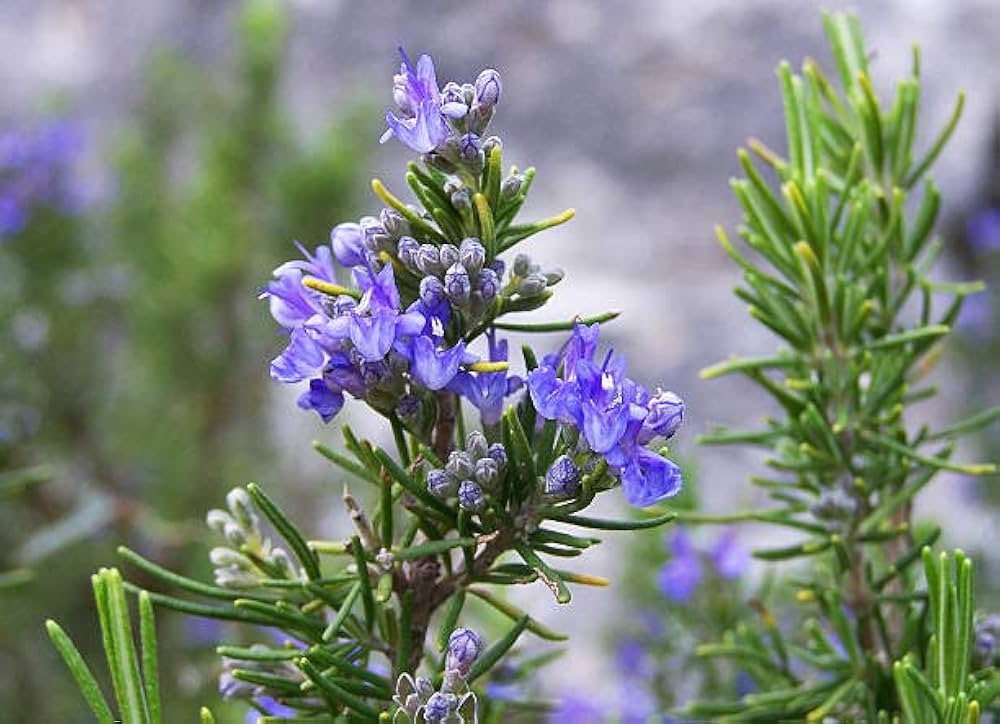
This evergreen shrub is famed for its culinary and ornamental value, but its aromatic foliage is equally noteworthy. The needle-like leaves of rosemary exude a strong, pine-like scent when touched or warmed by the sun. Ideal for Mediterranean-style gardens or container arrangements, rosemary is drought-tolerant and thrives in sunny spots. Its fragrant foliage pairs wonderfully with other herbs or flowering perennials and can also be clipped into decorative shapes for a formal touch.
3. Scented Geranium (Pelargonium spp.)
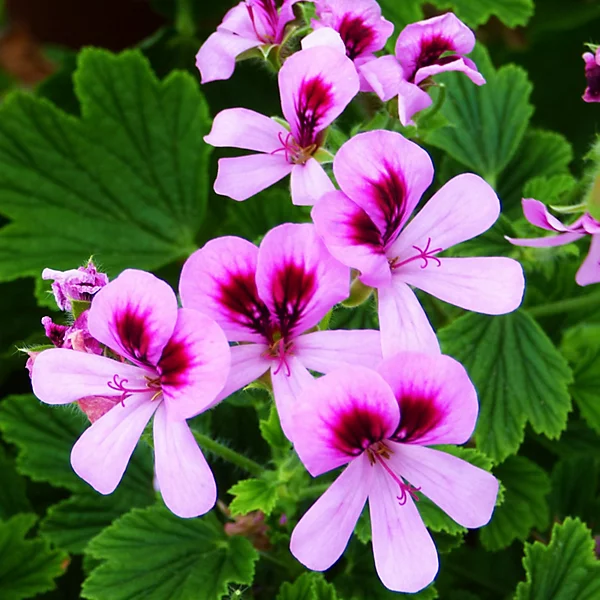
Unlike their showy floral cousins, scented geraniums are prized for their highly aromatic leaves. Available in varieties like rose, lemon, mint, and nutmeg scents, their soft, often textured leaves release a burst of fragrance when lightly rubbed. These easy-care plants are perfect for patio pots, window boxes, or sunny borders. They not only provide delightful scents but also deter certain garden pests, making them as practical as they are beautiful.
4. Lemon Balm (Melissa officinalis)
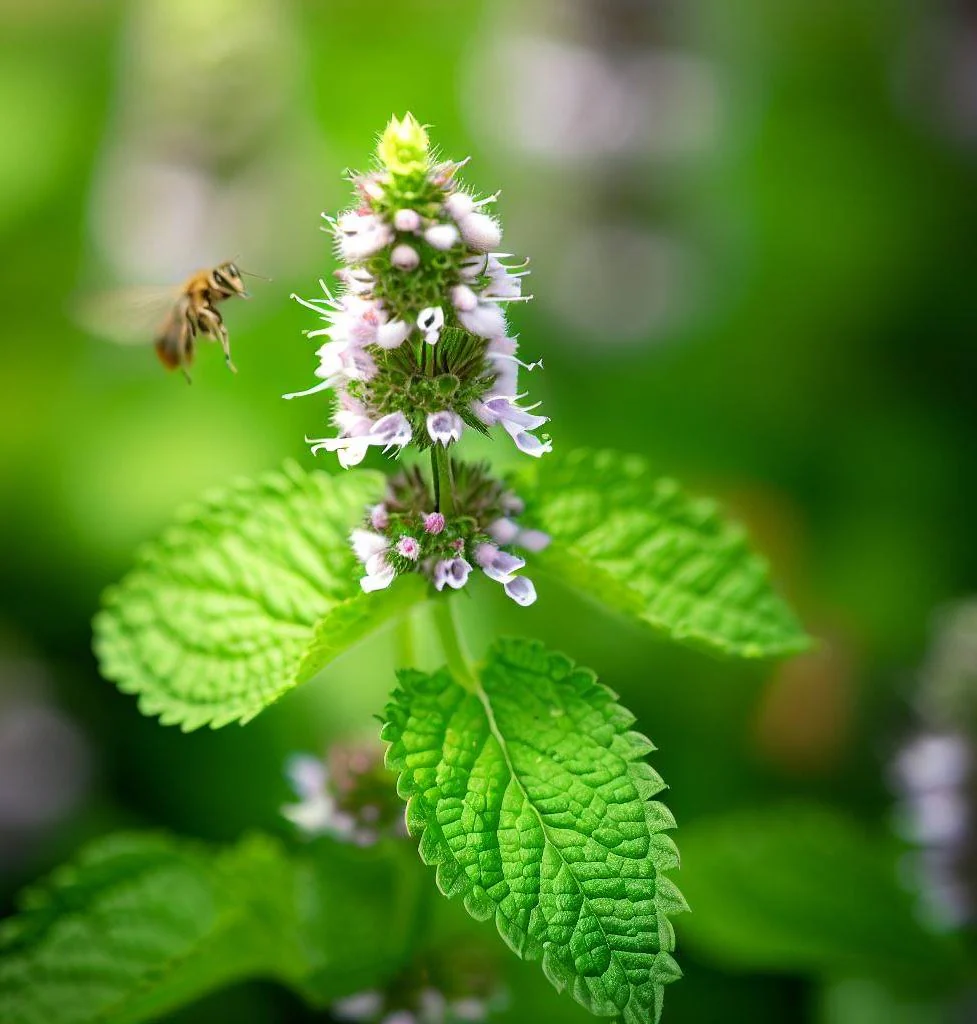
Lemon balm is a charming herbaceous perennial with bright green, crinkled leaves that release a refreshing lemon scent. A member of the mint family, it spreads easily and makes an excellent groundcover in herb or cottage gardens. The uplifting aroma is especially prominent when the leaves are crushed or brushed. Lemon balm is also favored in herbal teas and home remedies, making it both an ornamental and functional plant to include in your aromatic garden.
5. Silver Wormwood (Artemisia ludoviciana)

Known for its stunning silvery foliage and herbal, earthy aroma, Silver Wormwood adds texture and contrast to garden beds. Its soft, narrow leaves carry a distinctive fragrance often used in traditional herbal practices. Drought-tolerant and resilient, this plant thrives in full sun and poor, well-drained soils. It makes a striking companion to bold-colored flowers and works beautifully in Mediterranean or prairie-style plantings, bringing both scent and silvery elegance to the garden.
6. Sweet Woodruff (Galium odoratum)
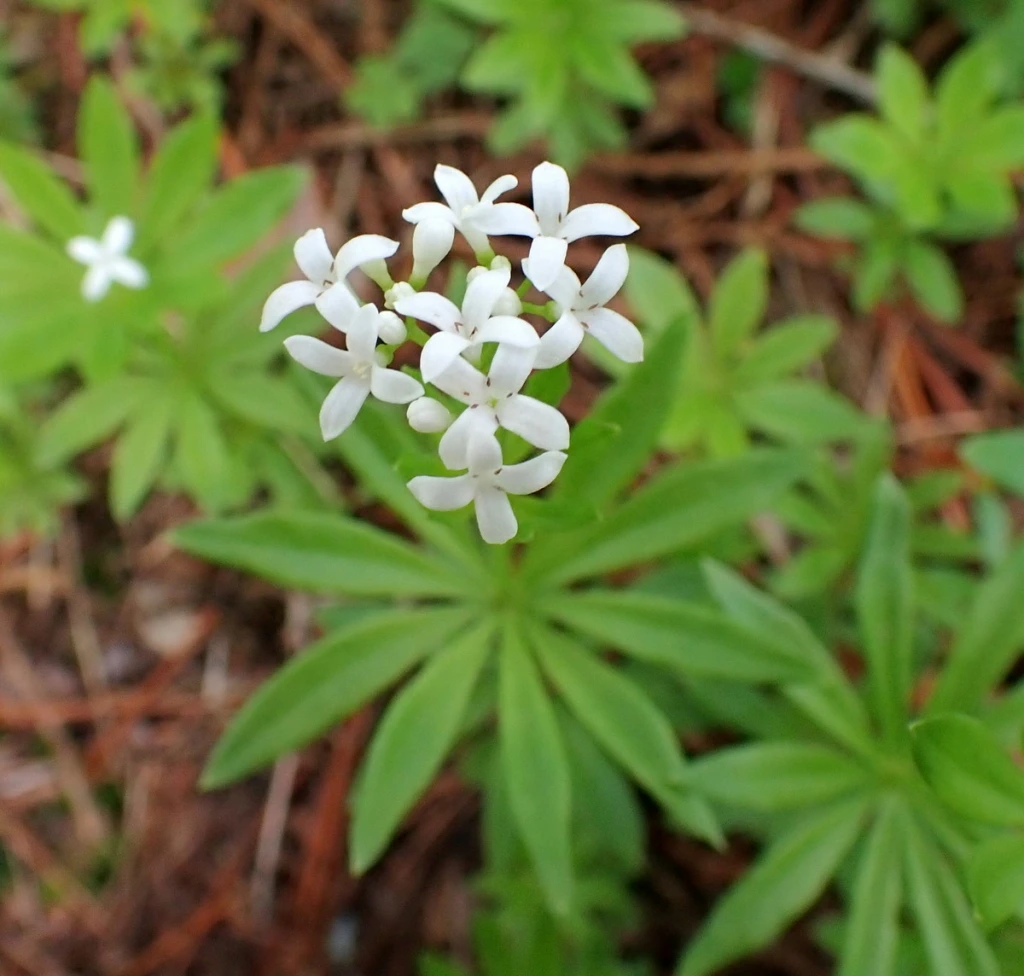
Sweet Woodruff is a dainty groundcover with whorls of bright green leaves and tiny, star-shaped white flowers. Its foliage releases a sweet, hay-like scent, particularly when dried, making it popular in potpourris and herbal sachets. Thriving in shady, woodland-style gardens, it’s an excellent underplanting for trees or larger shrubs. Sweet Woodruff not only perfumes the garden air but also suppresses weeds, creating a lush, fragrant carpet in cool, damp areas.
7. Thyme (Thymus vulgaris)
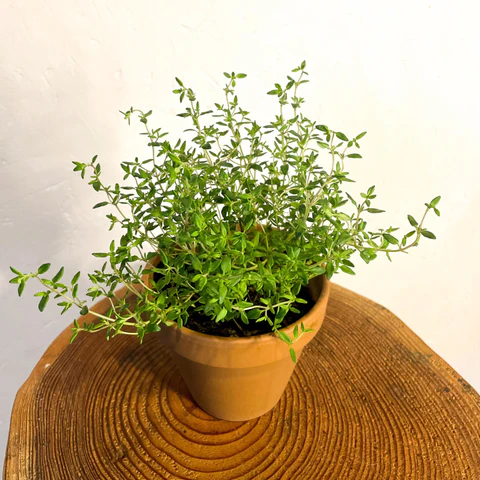
This low-growing, sun-loving herb is renowned for its culinary uses, but its tiny, aromatic leaves deserve equal attention in ornamental gardens. Thyme offers a rich, herbal fragrance that intensifies under the warmth of the sun. Perfect for rock gardens, borders, and between stepping stones, it releases a burst of scent when stepped on or handled. There are many varieties to explore, including lemon, caraway, and creeping thyme, each adding a distinctive note to your garden’s fragrance palette.
8. Eucalyptus (Eucalyptus gunnii)
Eucalyptus trees and shrubs are treasured for their bluish-green, coin-shaped leaves with a refreshing, menthol-like scent. The aromatic oils released from their foliage are both invigorating and therapeutic. Suitable for warm, sunny gardens, eucalyptus can be grown as a specimen tree or pruned into a striking shrub. In cooler climates, they’re often enjoyed in containers and overwintered indoors. Eucalyptus foliage also makes a long-lasting addition to cut flower arrangements, filling homes and patios with its crisp, clean aroma.
9. Costmary (Tanacetum balsamita)
An old-fashioned herb once prized in medieval herb gardens, Costmary features long, broad, serrated leaves with a pleasant, minty-balsam scent. The fragrance is most noticeable on warm days or when the leaves are bruised. Traditionally used in potpourris and herbal pillows, Costmary also produces clusters of small, daisy-like flowers in summer. It thrives in full sun and well-drained soils, making it a hardy, drought-resistant addition to aromatic borders and herbaceous plantings.
10. Horehound (Marrubium vulgare)
Horehound is a resilient, aromatic perennial with soft, woolly leaves that emit a musky, earthy scent. Traditionally used in herbal medicine and candies, the plant offers textural interest and fragrance throughout the growing season. Its crinkled, silvery foliage pairs well with both herbs and ornamental plants in dry, sunny spots. Horehound’s understated flowers and tough nature make it ideal for low-maintenance gardens, rockeries, or rustic herb plots where aromatic foliage takes center stage.





Leave A Comment